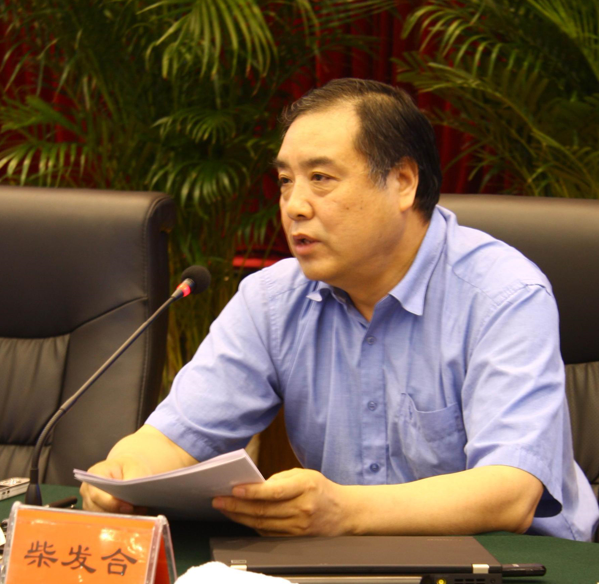During the New Year's Eve to the fourth day of the Lunar New Year in 2020, there were regional heavy pollution episodes in the Beijing-Tianjin-Hebei region, the Fenwei Plain, and the Northeastern China. Professor Chai Fahe, Deputy Director of the National Joint Research Center for Air Pollution Control, responded to journalists' inquiries.
Q1: How can pollution be so severe despite most places implementing restrictions on fireworks?
Chai Fahe: In 2015 and 2016, due to firework celebrations during Spring Festival, serious pollution episodes lasted for 4 and 5 days respectively, with 21 and 6 cities recording AQI peaks. The PM2.5 daily average concentrations reached 403 and 635 micrograms per cubic meter. In recent years, the concept of green and civilized celebrations has gradually gained traction, leading to a decrease in firework sales and usage, resulting in improved air quality during Spring Festival. This year, with varying degrees of firework restrictions, there was an 18% decline in the average PM2.5 concentration on the first day of the Lunar New Year compared to last year, and peak concentrations also decreased.

Q2: Why is there still persistent heavy pollution in Beijing and surrounding cities while other areas have improved? When will this pollution episode end?
Chai Fahe: According to the latest air quality forecast, Beijing is expected to experience polluted weather until January 30th (the sixth day). However, with weak northerly winds in the lower and middle layers, the pollution intensity will significantly reduce. A cold air front from Liaoning to Shandong Peninsula will affect the North China region starting from the 30th, bringing gradual improvement in air quality in affected areas.
But due to the easterly cold air, relief will be slower in Beijing and along the Taihang Mountains. From February 1st to 2nd, under the influence of a new weak cold air current, pollution will alleviate in cities along the Taihang Mountains. From February 4th to 6th, stronger cold air will lead to overall improvement in the region's air quality. The Fenwei Plain is expected to see gradual improvement from February 2nd to 3rd due to a northwest cold air front, with most areas experiencing moderate to light pollution. The Northeast region is expected to see improved conditions from January 29th to 31st, with most areas experiencing moderate to light pollution.
Overall, the Spring Festival period is a time when industrial emissions are relatively low. Setting aside the impact of fireworks, even during this period, heavy pollution can occur due to unfavorable meteorological conditions, indicating that our current emission intensity is still high. The presence of many high-polluting industries with uninterrupted processes exceeds the minimum environmental capacity. We should strive to avoid heavy pollution episodes under adverse meteorological conditions by further intensifying efforts to adjust industrial structure, energy structure, transportation structure, and land use structure, continuously improving air quality.
Q3: During the Spring Festival, factories and construction sites are closed, and there are fewer trucks and cars on the road. What causes the heavy pollution?
Chai Fahe: It's true that春节期间 is a low-emission period for autumn-winter industries, but we still experience heavy pollution, mainly due to unfavorable meteorological conditions and continued emissions.
Let's discuss the meteorological conditions: Unfavorable weather conditions are, on a large scale, due to low boundary layers, calmness, and factors that hinder the dispersion of pollutants. Additionally, air flows and affects each other. Recently, weak cold air affected China, resulting in widespread calm and humid conditions in the Beijing-Tianjin-Hebei region, the Fenwei Plain, and the Northeast. Since January 24th (New Year's Eve) night, wind speeds in these regions fell below 2 meters per second, with relative humidity generally above 60%. Heavy fog was observed in parts of northern Hebei, central Henan, and western Shandong.
We express gratitude to Professor Chai Fahe for his insights! In recent years, air pollution, especially in heavily industrialized and economically developed cities, has become increasingly severe. Environmental protection requires policy support and individual and corporate actions.
Exclusive Interview: http://www.adjm.cn/pinpai/11_0_0_0-0_0_1.html



